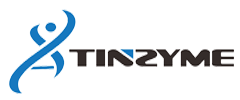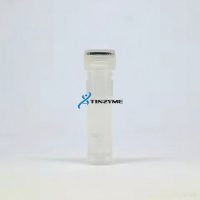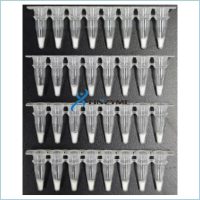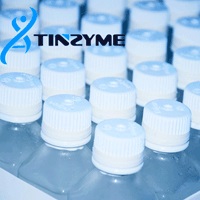
2x HotStar Best MasterMix
2024-10-22
E Taq DNA Polymerase
2024-10-22One Step RT-qPCR SYBR Kit
Product Number: PCK59
Shipping and Storage
-20°C to avoid light, if need frequent use, can be stored in 2-8°C, try to avoid repeated freeze-thaw..
Components
| Component | PCK59 100rxns | PCK59L 100rxns | PCK59H 100rxns |
| 2×One Step RT-qPCR SYBR Buffer | 1.4mL | 1.4mL | 1.4mL |
| One Step RT-qPCR SYBR EnzymeMix | 50μL | 50μL | 50μL |
| 50×Low ROX | – | 50μL | – |
| 50×High ROX | – | – | 50μL |
| RNase-Free Water | 1.5mL | 1.5mL | 1.5mL |
Description
This product is a one-step Real-Time RT-qPCR special kit. The SYBR Green I fluorescent dye can be combined with all double-stranded DNA, enabling the product to be used for the detection of a variety of different target sequences without the need for the synthesis of an hetero-labeled probe. This product is used for Real Time RT-qPCR reaction. Reverse transcription and quantitative PCR are carried out in the same reaction system. There is no need to add reagents or open the tube cover during the reaction process, which avoids contamination and improves the experimental efficiency. A new, highly effective reverse transcriptase, RNase H, was absent, reducing the degradation of RNA in the reverse transcriptase reaction. This enzyme has high reverse transcriptional efficiency and can perform a good reverse transcriptional response to a small amount of RNA template. High affinity with RNA, able to read through the RNA template with high GC content and complex secondary structure. The activity of the enzyme is blocked at room temperature, thus effectively avoiding the nonspecific amplification caused by the nonspecific binding of primer and template or primer dimer at room temperature, which greatly improves the accuracy of fluorescence quantitative PCR reaction. The contained buffer system enables both enzymes to function simultaneously Maximum effect, improve efficiency. This product has high sensitivity, high specificity, wide linear range and more accurate quantitative target genes.
ROX dye is used to correct the fluorescence signal errors generated from hole to hole in quantitative PCR instrument. It is generally used in ABI, Stratagene and other companies’ Real Time PCR amplifiers. The excitation optical system varies from instrument to instrument, so the concentration of ROX dye must be matched with the corresponding fluorescence quantitative PCR instrument.
Instruments without ROX correction:Roche LightCycler 480, Roche LightCyler 96, Bio-rad iCyler iQ, iQ5, CFX96, etc.
Instruments requiring Low ROX correction:ABI Prism7500/7500 Fast, QuantStudio® 3 System, QuantStudio® 5 System, QuantStudio® 6 Flex System, QuantStudio® 7 Flex System, ViiA 7 system, Stratagene Mx3000/Mx3005P, Corbett Rotor Gene 3000, etc.
Instruments requiring High ROX calibration:ABI Prism7000/7300/770/7900, Eppendorf, ABI Step One/Step One Plus, etc.
Notes
- Please mix all reagents in this kit upside down gently before use, avoid foaming as far as possible, and use after a short centrifugation.
- This product uses RNA as a template for one-step RT-PCR experiment. During operation, RNase contamination should be avoided. It is recommended that RNA operation should be carried out in special areas, special instruments and consumables should be used, and operators should wear masks and primary gloves and change gloves frequently. Experimental consumables were treated with 0.1% DEPC(diethyl pyrocarbonate) aqueous solution at 37°C for 12 hours and autoclaved for 30 minutes before use.
- The One Step RT-qPCR SYBR Buffer contains SYBR Green I fluorescent dye, and strong light should be avoided when storing this product or preparing PCR reaction solution.
- The reagents in this kit should avoid repeated freeze-thaw, which may degrade product performance. This product can be stored for a long time at -20°C, away from light. If you need to use frequently in the short term, it can be stored at 2-8°C.
- Specific primers must be used in this kit, and the selection of primers can be selected according to specific experiments. The design of primers directly affects the results of RT-PCR reaction. When designing primers, GC content, primer length, primer location, secondary structure of PCR products and other factors should be considered.
- This product cannot be used for probe fluorescence quantitative PCR.



